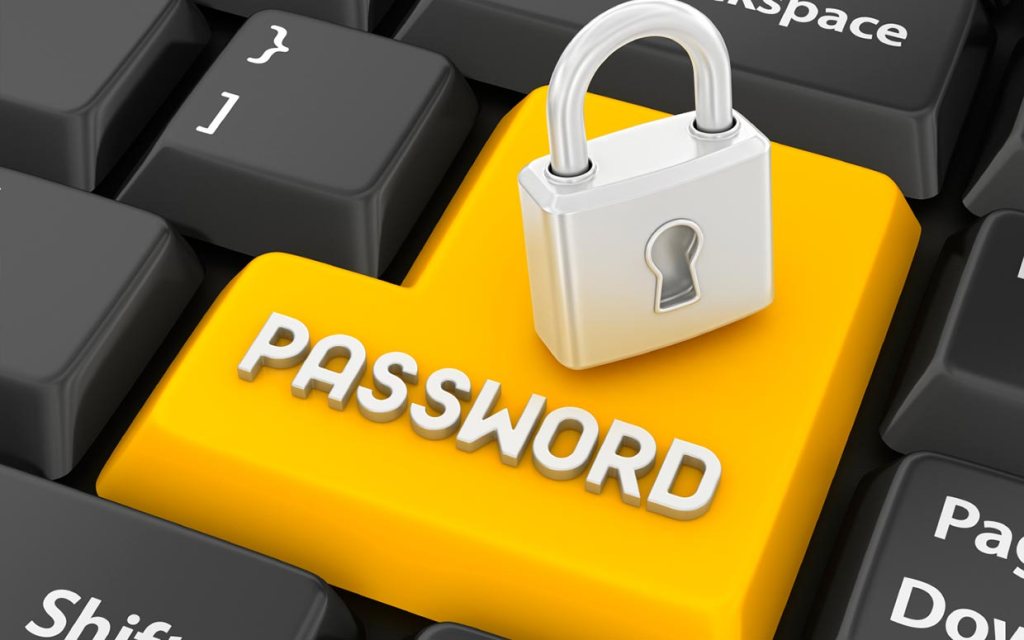
Choose a strong, secure, unique password for each website you use. You also want to password protect your computers, tablets, smart phones, and other devices.
So how do you choose a secure password?
Use a Password Manager
A password manager is a secure database used to safely store your passwords. You use a master password to open the program and that is the only password you will need to remember. Most password managers also include a password generator which will create a strong, secure password.
Password Length
Choose a password that is as long as the site will allow, the longer the better.
Mix it Up
Use a combination of upper- and lower-case letters, numbers, and special characters.
Don’t Use Personal Information
Don’t use a password that contains any personal information or one that would be easy to guess. Two of the most often used passwords are “password” and “12345”
Do Not Use Old Passwords
Do not recycle old passwords and don’t choose a password that is like something you have used in the past.
Use a Different Password for Every Website
Choose a unique password for each site you visit. I cannot stress how important this is. If a hacker gains access to one of your accounts and you use that same password on other websites, they can login to every account you use that password for which might include your bank, brokerage agency, Social Security, DMV, Insurance, email, and utility companies. This can lead to identity theft.
Change Your Password Regularly
Set up a reminder to change your passwords a few times a year.
Change Your Security Questions
When you change your passwords also change your security questions. When setting up an account you may be prompted to select several security questions. If a hacker breaks into your account, they not only have your password but can view and change your security questions and answers. Never provide real answers to these questions which can be easy to guess, instead use a password generator to generate a password and use that as the answer. The answers should be nonsensical. Save your security questions and answers in your password manager.
Use Multi-Factor Authentication
Multi-Factor authentication requires you to provide 2 or more forms of authentication before accessing your account. When given this option, use it.
Keep Your Passwords Private
Do not share your passwords with others. You never know what someone else may do, even a friend, relative or significant other. Keep your passwords to yourself.
Don’t Login Using a Computer or Device You Do Not Own
Never enter your password on another person’s computer or device, it could be saved without you knowing it. Especially important if you are using a public computer.
If you are using your computer or other device on public Wi-Fi don’t visit any websites that require you to login. When you are connected to public Wi-Fi your data can be intercepted by a hacker. Better to be safe than sorry. Wait until you get home to visit those sites.
Password Protect Your Computers and Other Devices
Assign a password to your computers, tablets, cell phones and other devices.
Don’t Save Your Password in Your Web Browser
Don’t save your passwords in your browser, while this is convenient, it is not secure.
Watch Out for Phishing Attacks
Be careful when you receive an email or text message that contains links, prompts you to log in, change your password or provide any personal information. Even if it seems like it’s from a legitimate source it could be a phishing scam. With a phishing scam, whatever information you provide goes right to the hacker. Don’t respond to these types of messages.